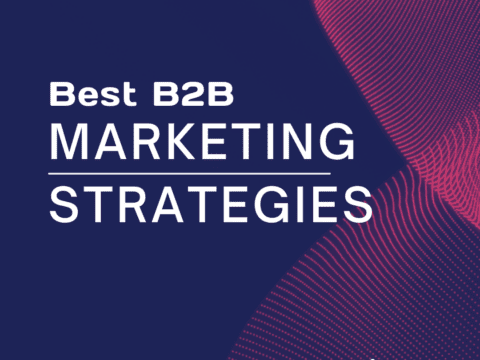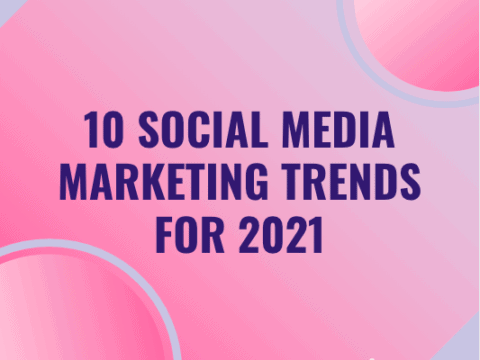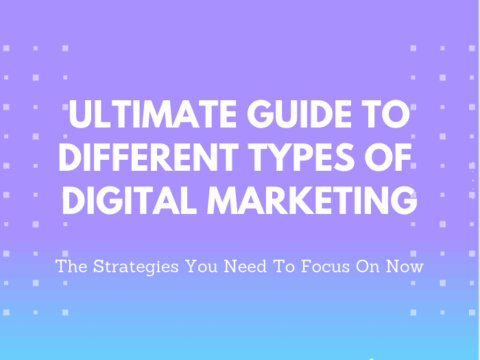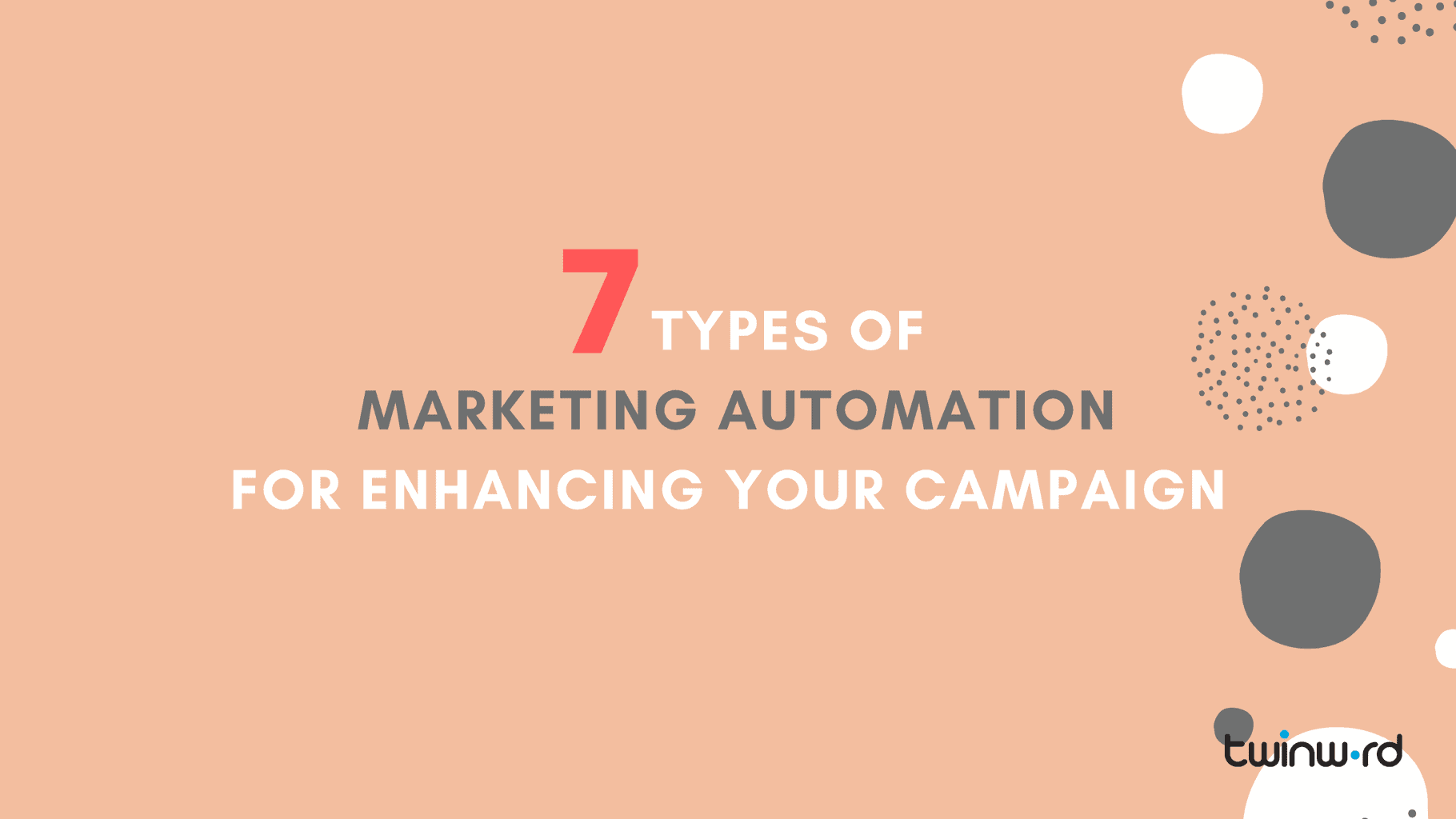
Modern consumers’ reliance on the internet provides marketers with a wealth of resources and opportunities. Simultaneously, digital marketing can be a complicated, laborious process, as applying this data is rarely a straightforward task. Thankfully, marketing automation can make any marketing campaign more efficient, precise, and effective.
Just as automation can streamline processes and reduce costs with physical tasks, it can do the same for marketing campaigns. Industry leaders are aware of this too, with 75% of marketing professionals saying their business uses automated tools. Understanding the benefits of automation and knowing how to apply it, though, are two different things.
Before investing in any form of automation, it’s crucial to have a grasp on what type will be most beneficial. There’s a lot of variation in marketing automation tools, each type offering unique services and advantages.
Here are seven of the most popular types of marketing automation available today. If you’re looking to enhance your campaigns, these resources are good places to start.
1. Customer Relationship Management (CRM) Software
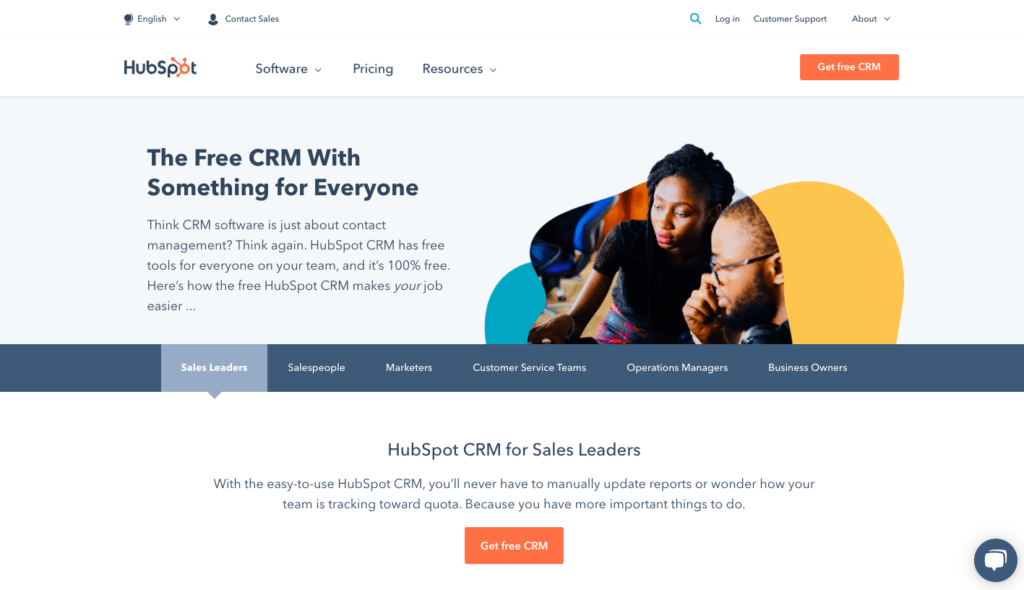
HubSpot’s CRM software
Customer relationship management software is one of the most popular and advantageous types of marketing automation. CRM systems typically act as a hub for all of your company’s vital marketing information. They collect and analyze customer data and bring all of the steps in the customer’s journey together.
Every interaction with a user could generate useful data, and CRM software keeps track of it. These systems then organize and store this information so it’s readily available when it could help in another step of the customer journey. Automating this data collection and consolidation process enables companies to react far more accurately and efficiently to individual users’ actions.
For example, marketing teams could use Hubspot or Salesforce to store all customer info in one place. Everyone would be able to see what ads customers saw, what they bought if they’re returning customers, and so on. Since this data is accessible to everyone, teams don’t risk mixing up any information or trying to do something someone else already did.
CRM systems are often feature-rich, making them helpful on their own, but they can also integrate with other automation tools. While CRM tends to be more expensive than other automated systems, it provides some of the greatest value. It’s easy to see why CRM is the fastest-growing type of software for enterprise applications.
2. Analytics and Segmentation Automation

Data analytics play a central role in many aspects of modern business, and marketing is no different. Analytics and segmentation automation organize and analyze customer data, producing actionable insights that inform targeted marketing decisions. While it’s entirely possible to segment and analyze data manually, automating these processes can save a considerable amount of time.
Tools like iContact show how different customers responded to campaigns. Teams can then look at these statistics to see what worked the best and refine their approach. Since the program automates the analytics process, marketers don’t have to spend as much time looking through the raw data themselves.
In a 2018 report from Formstack, 25% of surveyed companies said they spend 20 hours or more a week on manual data tasks. In today’s fast-paced world, consumer data comes with an expiration date. By automating the analytics process, companies can use their data while it’s still at its most relevant.
Some CRM solutions offer analytics and segmentation automation. Tools dedicated to this work will typically offer more in-depth and varied insights, though. Remember that while all-in-one solutions may be more cost-effective, they rarely provide the same level of quality as more specialized software.
3. Automated Identity Verification
One of the most substantial challenges in targeted marketing is the risk that customer data may not be accurate. Any mistakes in the data gathering, cleansing, and analytics processes can result in false or misleading user information. If that happens, a targeted marketing campaign built around this data won’t prove effective.
Automated identity verification software helps marketers avoid these costly outcomes by double-checking all customer data. These tools check to see if customers shared their information correctly, match data from various channels, and create reliable, well-rounded customer profiles. This verification process ensures that any marketing strategies built around this data are as effective as possible.
IBM estimates that poor data quality costs the economy $3.1 trillion every year. If marketers’ data isn’t accurate, it’ll lead to lost revenue. But manual verification can be a lengthy process.
This type of marketing automation provides marketers with the accuracy they need without spending too much time. Marketers can integrate these tools, such as Cognito, into their CRM or another part of the workflow to verify data before using it to drive campaigns.
4. Email Automation Software
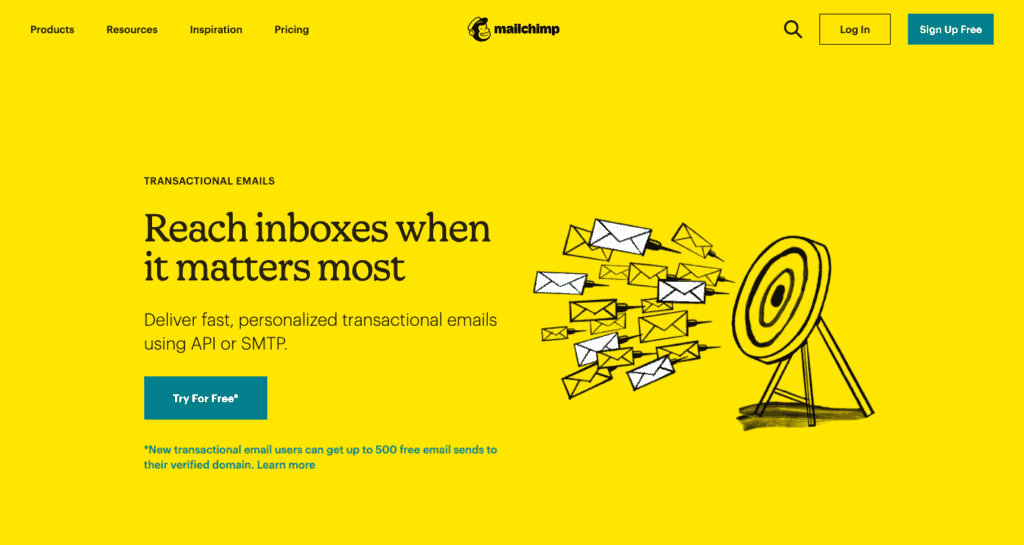
Mailchimp’s email automation software
While the past few examples have focused on data collection, some of the most popular marketing automation applications are in customer outreach. Of these customer-facing tools, email automation software is among the most useful and widely implemented. As the name implies, this software automatically emails users when they engage in certain behaviors.
For example, Mailchimp, one of the most popular options, lets users set up emails for certain triggers. It can send prewritten messages when someone new subscribes, makes a purchase, abandons their cart, and more. All the user has to do is write the templates and choose which actions will trigger which letters.
As simple as this process is, it can lead to some tremendous results. Email automation software maximizes your reach, ensuring no customers go uncontacted with minimal human input. Going through site visitor databases and emailing every user manually would take too much time, so automation is indispensable here.
At first, email may seem like an outdated form of marketing because it’s far from new technology. Despite its age, email still produces an impressive ROI and brings in roughly $42 for every $1 spent. That’s a profit margin that no company can afford to pass up, making email automation all the more valuable.
5. Advertising Automation

Google Adsense
Advertising automation tools are the frontlines of marketing automation. These services create and nurture leads with minimal human interaction, virtually automating all consumer-facing aspects of digital marketing. It rarely takes a single ad to convert a user into a customer, so these tools follow users throughout the customer’s journey.
Advertising automation systems analyze user behavior to show a series of relevant ads, personalizing marketing campaigns for each individual. They track any changes in user preferences and how they interact with other ads and then modify strategies accordingly. This process takes targeted marketing to another level by adjusting individual marketing campaigns in real-time.
Many sites offer these features, like Facebook Ads Manager and Google AdSense. Marketers set up their advertisements and choose a target audience for them, and automation takes care of the rest. Since they adjust these campaigns in real-time, marketers also don’t have to worry about manually changing ads to appeal to customers throughout their journey.
Some more advanced advertising automation tools can even create custom ads automatically. They’ll tweak copy, images, and designs within given parameters to appeal to each user on a more personalized level. The more specific an ad campaign can get in targeting individual users, the more effective it’ll be. This type of automation provides specificity.
6. Pricing Automation
Whether or not a customer decides to buy a product depends heavily on its price. That concept is straightforward enough, but it rarely plays out as simply as you’d expect. What constitutes an enticing price varies between customers, and the lowest possible pricing model doesn’t always translate to the most sales.
Pricing automation software analyzes user behavior to increase or decrease prices within a given range. As demand increases, customers are typically willing to spend more, so these tools can raise prices automatically to capitalize on that. Given enough customer data, some systems can even customize prices to match individual users’ spending habits.
To use these tools, marketers input either a list of possible prices or a range for a given product. The automated system will then use this range to tailor prices to different users, making more sales and earning more profits. Marketing teams can use this approach all the time or just turn to it now and then for promotions.
Consider how many millennials would pay up to 20% more for a sustainable product, whereas older generations wouldn’t. A pricing automation system could take this into account and mark sustainable products up in Millennial-facing ads while lowering them for older users. This dynamic pricing model would then ensure that companies appeal to each consumer base as effectively as possible.
7. Workflow Automation
Not all types of marketing automation focus on customer-centric actions or data. Marketers engage in plenty of other tasks that take time away from more valuable work. Automation can help. Workflow automation tools automate things like data entry, scheduling, and reporting, to save employees valuable time.
Improving business processes relies on maximizing value-adding tasks and minimizing those that don’t add value. Workflow automation tools can handle many of these non-value-adding jobs, freeing employees to focus on more profitable work. When marketers aren’t spending time typing, they can spend more time on the work they were actually hired to do.
Manual data extraction can cost as much as $730,675 annually indirect and hidden costs. That’s far more than the annual price of using an automated system to handle these repetitive tasks. Though things like data entry and reporting may seem small, they add up to something substantial over time.
Marketers that need to maximize their efficiency can see what repetitive tasks take the most time. Whether it’s drafting emails, filing documents, or schedule, they can find a tool that automates it. Once the delegate these jobs to automation, they can focus on more pressing work.
Choosing The Right Kind of Automation
So far, you’ve seen seven different types of marketing automation, and there are even more available. Not every company needs or has the budget for every kind of automation, though. As such, selecting the right type of automation for your specific situation is a critical step.
Since 30% of surveyed companies cite technology deployment as a barrier to automation adoption, consider your resources. You may not have the digital infrastructure to support some more advanced software or may have limited staff knowledge. If this is new territory for your company, consider more user-friendly options.
Not every type of automation brings the same value to every company. Businesses should analyze where their strengths and weaknesses lie and apply automation accordingly. You don’t need to automate everything, but any part of the process that’s slow, costly, or disorganized is ideal for automation.
Marketing Automation Can Bring Impressive Results
As the internet plays a larger role in daily life, the amount of consumer data available to marketers increases. This information can make marketing campaigns far more effective, but only if companies can harness it. Marketing automation tools help businesses capitalize on this data, adjusting in real-time as customers do.
Without marketing automation systems, advertising campaigns won’t reach their full potential. Understanding where and how automation can help will guide marketers towards a more profitable future. In today’s competitive landscape, marketers can’t afford to pass on the advantages of automation.

